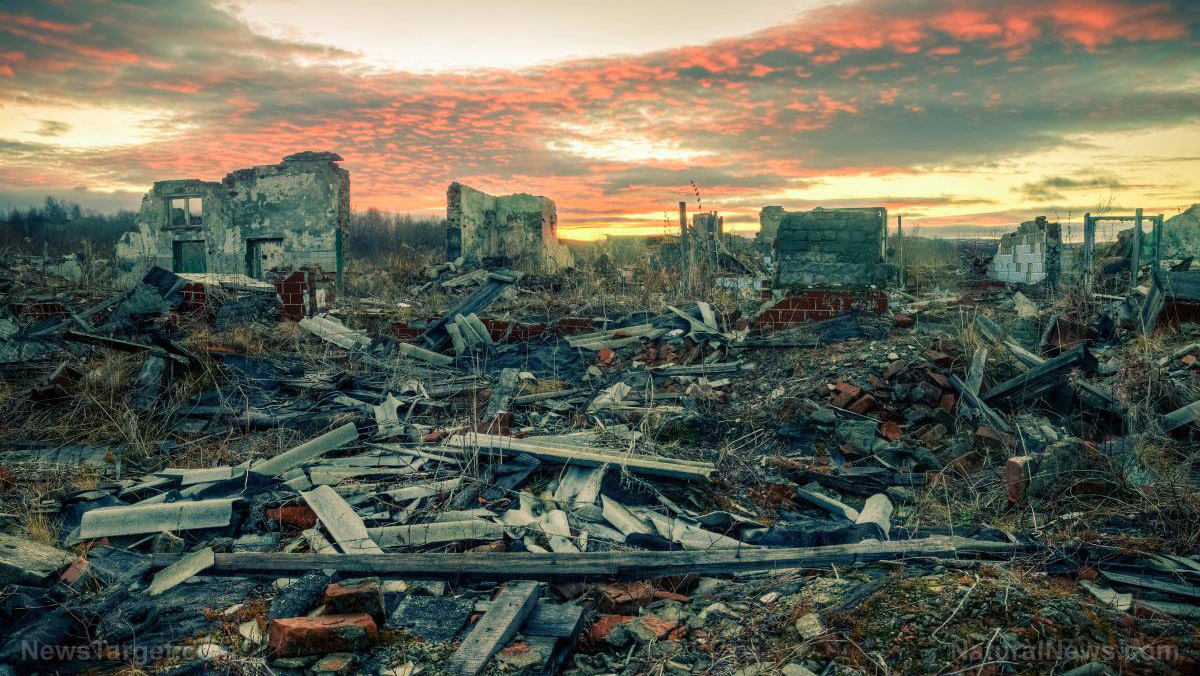
Gaya Herrington, sustainability and dynamic system analysis lead at accounting firm KPMG, penned the November 2020 study published in the Journal of Industrial Ecology. She sought to examine the MIT researchers' claims in her study in a bid to prove or disprove them. Herrington used a simulation model that looked at how the world has progressed since the 1972 projection.
Herrington looked at 10 key variables for her study and found that the business-as-usual (BAU) scenario would trigger a decline in economic growth within the next decade. The study noted that in a BAU scenario, industrial growth and living standards would stop rising once non-renewable resources run low. Failing to adapt to resource scarcity would then cause more capital to be reallocated toward resource extraction, leaving less for food production and services for people.
Furthermore, Herrington's data revealed that the world could experience a total societal collapse by 2040. This meant that quality of life, food production, industrial output and human population count would experience an abrupt decline.
The MIT researchers who made the prediction in 1972 used a computer program called World1. They looked back as far as 1900 and up until 2060, producing their data as graph lines on long sheets of paper. World1 developer Jerry Foster used the data from the computer program to show how the world has progressed.
Foster showed how the world's population has increased from 1900 to the turn of the century. It showed the population starting out low and climbing until a few years after 2000, where it gradually slid down. He also pointed how the quality of life increased rapidly until the 1940s. It then diminished until 2020 and subsequently spiked.
Predicted collapse can still be reversed
Using the World1 model in 1972, the MIT researchers also identified 2020 as a tipping point for civilization. Foster explained during a 1973 ABC segment: "At around 2020, the condition of the planet becomes highly critical. If we do nothing about it, the quality of life goes down to zero." (Related: The temporary collapse of Texas is foreshadowing the total collapse of the United States.)
He also warned of the dangers of pollution in the same segment. "Pollution becomes so serious [that] it will start to kill people, which in turn will cause the population to diminish, lower than it was in 1900. At this stage, around 2040 to 2050, civilized life as we know it on this planet will cease to exist," Foster said.
Herrington used the third version of the MIT program, dubbed World3, to run the same model. She found that the latest data aligned with a second BAU (BAU2) and comprehensive technology (CT) scenarios. The BAU2 scenario pointed to the effects of environmental pollution instead of non-renewable resource scarcity for societal collapse. Meanwhile, the CT scenario factored in technological solutions that contributed to increasing crop yields and reduced pollution levels.
Herrington nevertheless wrote: "Both scenarios thus indicate that continuing business as usual, that is, pursuing continuous growth, is not possible."
While the 1972 simulation implied a doomsday scenario, Herrington's study provided a window of hope. In it, she remarked that technological progress and increased investment in public services could shift us away from a collapse. However, she said that humanity should put in a strong effort to prove this projection wrong instead of relying solely on these two.
Collapse.news has more articles about the impending collapse and how it can be turned around.
Sources include:
Advisory.KPMG.us [PDF]
Please contact us for more information.

















